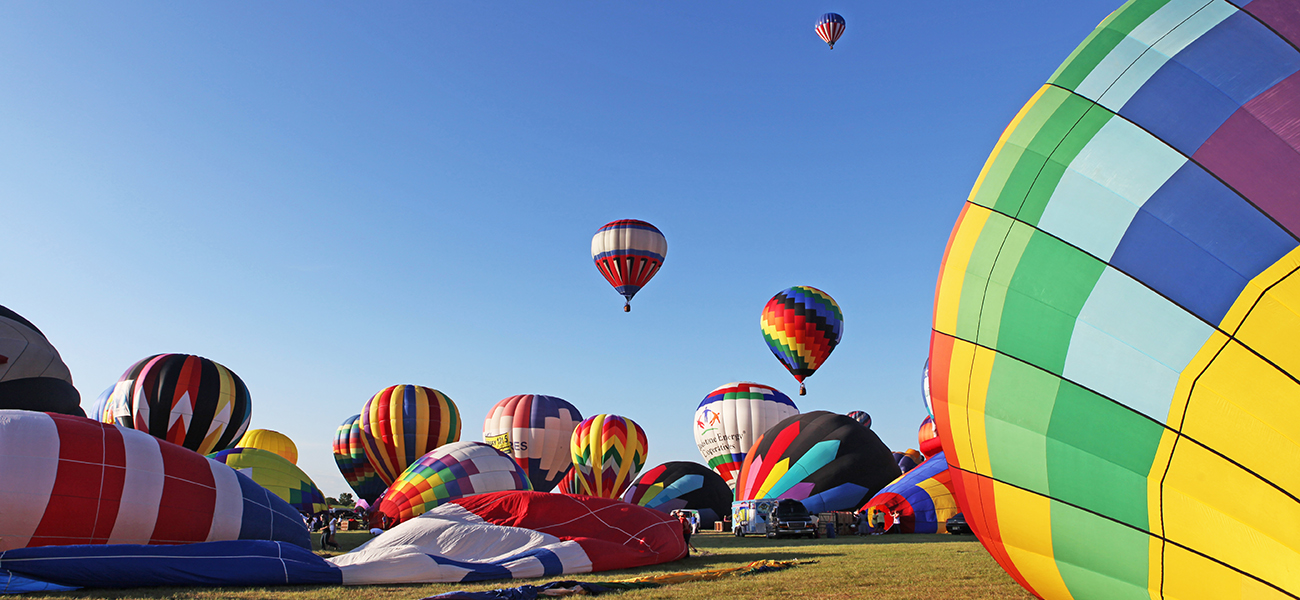Chapter 5: Gases and Introduction to Gas Laws
Learning Objectives
By the end of this chapter, you will be able to explain:
- Gas Pressure.
- Relating Pressure, Volume, Amount, and Temperature.
- Stoichiometry of Gaseous Substances, and Mixtures.
- The Kinetic-Molecular Theory

We are surrounded by an ocean of gas—the atmosphere—and many of the properties of gases are familiar to us from our daily activities. Heated gases expand, which can make a hot air balloon rise or cause a blowout in a bicycle tire left in the sun on a hot day. Gases have played an important part in the development of chemistry. In the seventeenth and eighteenth centuries, many scientists investigated gas behavior, providing the first mathematical descriptions of the behavior of matter.
In this chapter, we will examine the relationships between gas temperature, pressure, amount, and volume.
License and attributions:
- Chemistry: Atoms first, Second edition, 2019, Flowers, P. et al. License: CC BY 4.0. Located at https://openstax.org/books/chemistry-atoms-first-2e/pages/8-introduction
